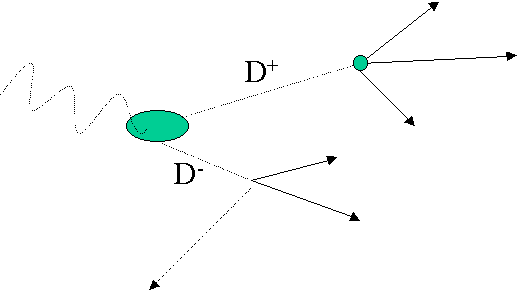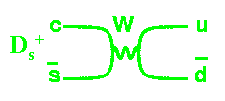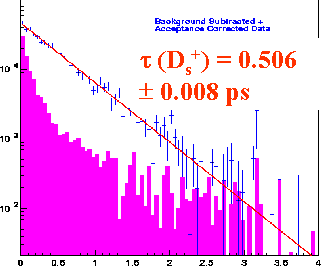Introduction to the
FOCUS Experiment
FOCUS is a collaboration of about 70 physicists from the US, Italy, Korea, Mexico, Brazil studying charm particle production and decay at the Fermilab Tevatron (Batavia, Illinois).
The acronym stands for FOtoproduction of Charm with an Upgraded Spectrometer (the spelling is half Italian).
It utilizes the worlds highest energy photon beam to produce charm quarks which can be detected using a magnetic spectrometer consisting of wire chambers, silicon detectors, gaseous Cherenkov counters, etc.
The raw data sample was about 25 TB (data taking finished in late ‘97).
The Physics of the Charm Quark
The c-quark was discovered in 1974, simultaneously at Brookhaven Lab (Long Island) and at SLAC (Stanford Linear Accelerator Center)
It is a “heavy” quark, which makes it difficult to produce (because of the way cross sections scale). Therefore, data for this object has been slow in coming, making all of the particle physics involving the charm quark difficult to study.
The charm quark is well-behaved in the so-called Standard Model of particle physics. That is to say, SM predictions for weird behavior are tiny. This opens a window for observing physics beyond the SM… “New Physics”. If we can find SM forbidden charm quark decays, we will be onto something really hot in the world of particle physics. (The world at large may also be interested, from a philosophical point of view.)
FOCUS has the worlds largest sample of fully reconstructed charm particle decays and will for the near term future.
Detectors
Located in the Fixed-Target area (Wide Band Photon Lab) at Fermilab
High energy photon beam (~300 GeV) impinges on beryllium oxide target, producing the charm quarks by “fusing” with a gluon in the target
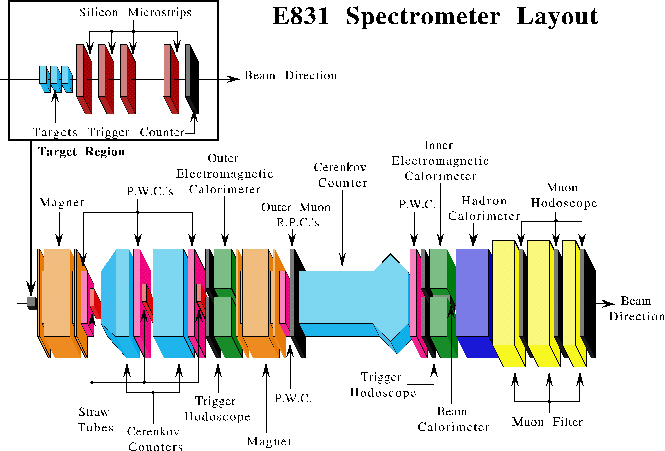
Charm Signals
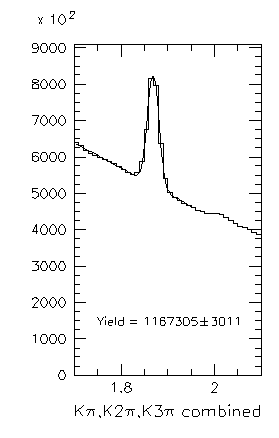
Particles containing charm quarks live a long time, about 1 picosecond
Since they are travelling at nearly the speed of light in the laboratory, the lifetime is dialated and so the particle travels an observable distance before decaying.
We use very precise silicon strip detectors (s~10m) to measure the trajectories of the daughter particles. These are called tracks. Where they come together is called a vertex.
